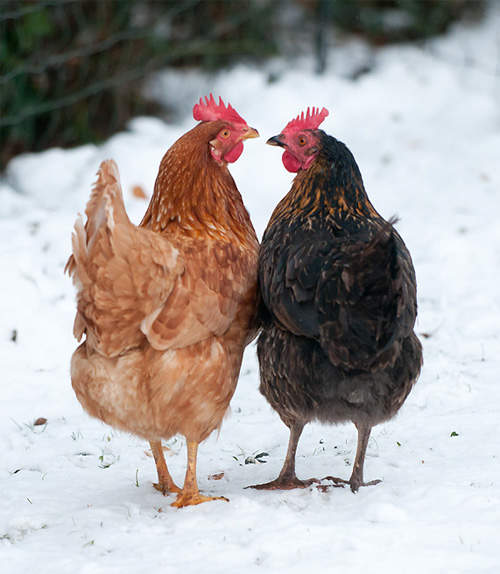Crockpot ITALIAN CHICKEN and VEGGIE and QUINOA Soup
Well..the hubby, he is pretty different. He likes a heartier meal (it doesn’t have to have meat, but he does like that) and tends to want soup only once every couple of weeks.
Mix all those vegetables and the spices it what your left with is a super flavorful soup with not too many ingredients. Plus it is quite hearty with the chicken and quinoa! (Both of which need NO pre-cooking.!!!) #score
The ingredient list is especially short if you pick up one of those pre-chopped veggie packs in the grocery store that has carrots, celery, and onion all chopped and ready to go. You guys know that I am all about easy-peasy. Then your prep is really insanely quick. I’m talking like 5 minutes quick. Not that it takes too long to cut up the veggies since you only need a cup of each.
CrockPot Italian Chicken, Quinoa, and
Vegetable Soup
Prep Time: 10 Minutes Cook Time: 4 Hours Total: 4 Servings: 6-8
INGREDIENTS
- 2 small boneless skinless chicken breasts
- 1 cup chopped yellow onion
- 1 cup chopped celery
- 1 cup diced carrots
- 1 and 1/2 teaspoon minced garlic
- 3/4 cup uncooked quinoa, I used a roasted garlic flavored quinoa
- 1 can (14.5 ounces) fire-roasted diced tomatoes
- 6 cups chicken broth
- 1/4 teaspoon red pepper flakes
- 1/2 - 1 full teaspoon Italian seasoning
- 2 teaspoons dried oregano
- 1/2 - 1 full tablespoon dried basil
- Salt and pepper, to taste preference
- Parmesan Cheese
- Optional: fresh rosemary, fresh parsley
INSTRUCTIONS
1. Lightly spray a slow
cooker with non-stick spray. I used a 6-quart slow cooker for this recipe.
2. Add in the boneless
skinless chicken breasts (no need to cook first), chopped yellow onion, chopped
celery, diced carrots, garlic, uncooked quinoa (rinse to remove bitter saponin
if your quinoa isn't pre-rinsed), and un-drained fire-roasted diced tomatoes.
3. Add in the broth
along with all the seasonings -- red pepper flakes, Italian seasoning, dried
oregano, and dried basil. Make sure to add these seasonings to your personal
preference -- if you aren't sure you want as much of something leave it out
until the end where you can slowly add it and taste test it. If you want to add
more - go for it! I always do the red pepper flakes, 1 full teaspoon Italian
seasoning (and sometimes more), the oregano, 1/2 tablespoon basil, 1 one small
sprig of fresh rosemary, and LOTS of cracked pepper.
4. Cover and cook on
high for 3-5 hours (Mine took 4 hours) or until the quinoa has popped and the
chicken shreds easily.
5. Shred the chicken
and return it to the crockpot. Add in any more seasonings to taste. Add in
fresh rosemary and fresh parsley if desired.
NOTE: the longer
this soup "sits" or cooks the more broth that gets absorbed into the
quinoa. This makes it heartier and also less brothy. If you want a more brothy
soup, watch carefully and remove from the heat of the slow cooker when it is
your desired consistency. Alternatively add more broth as desired.
6. Top each bowl with
freshly shredded Parmesan cheese.















